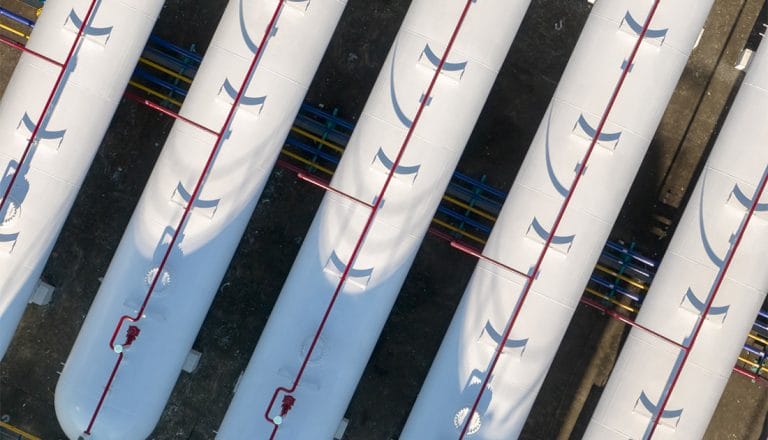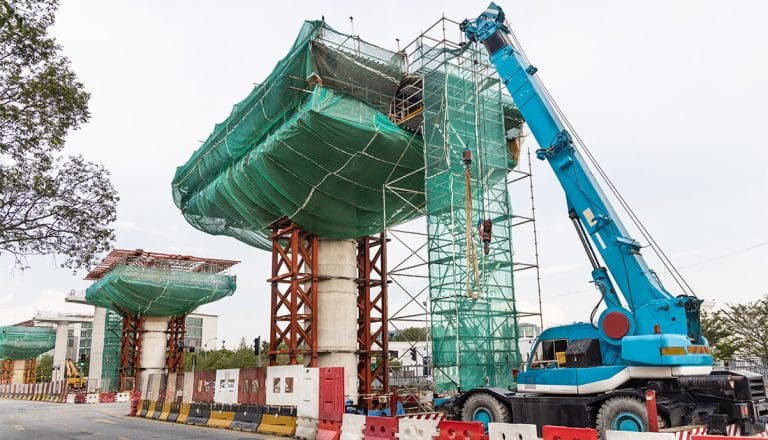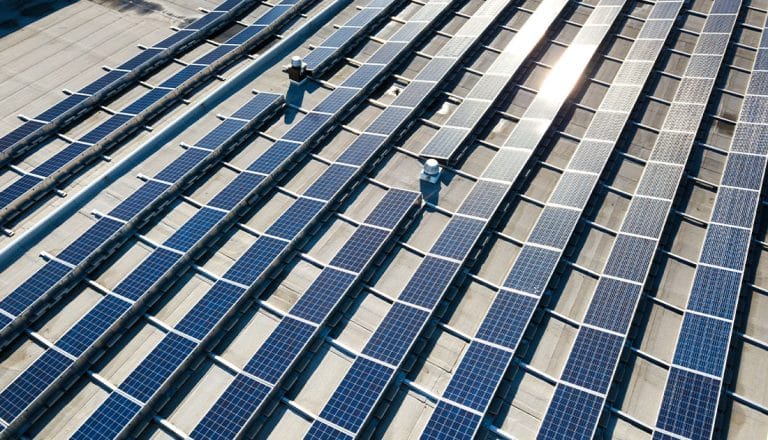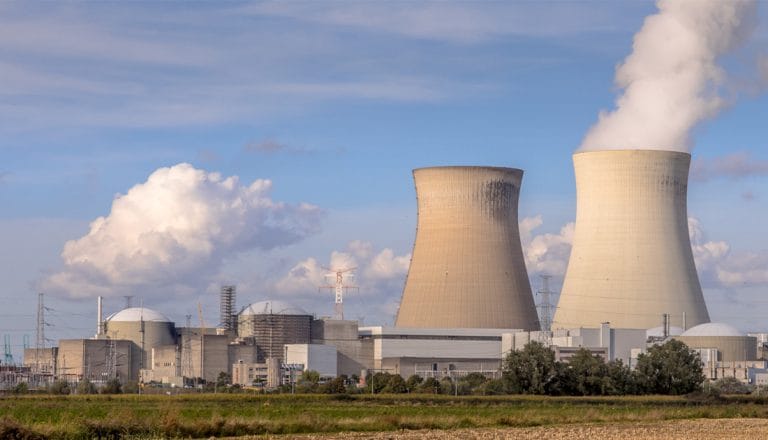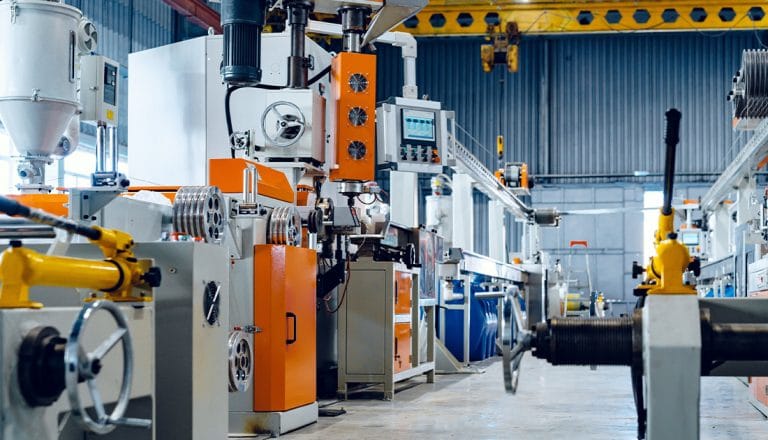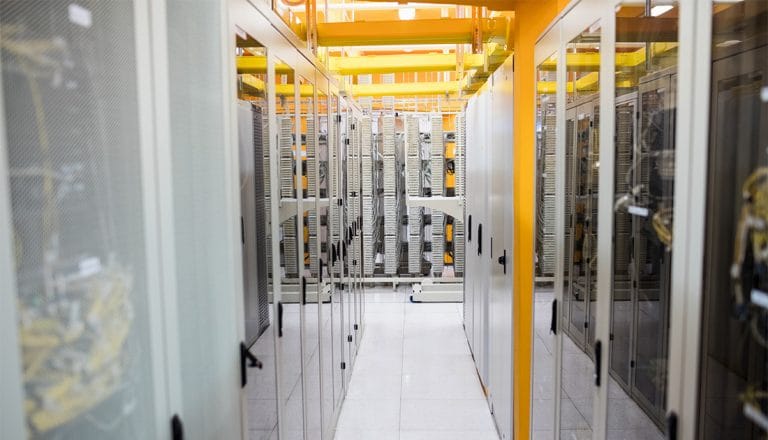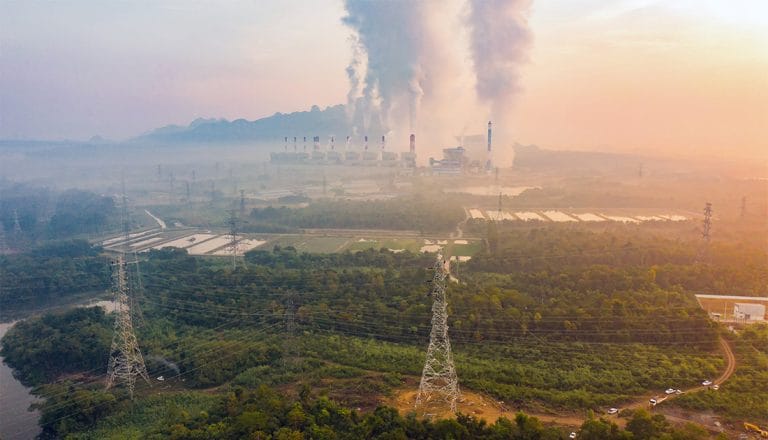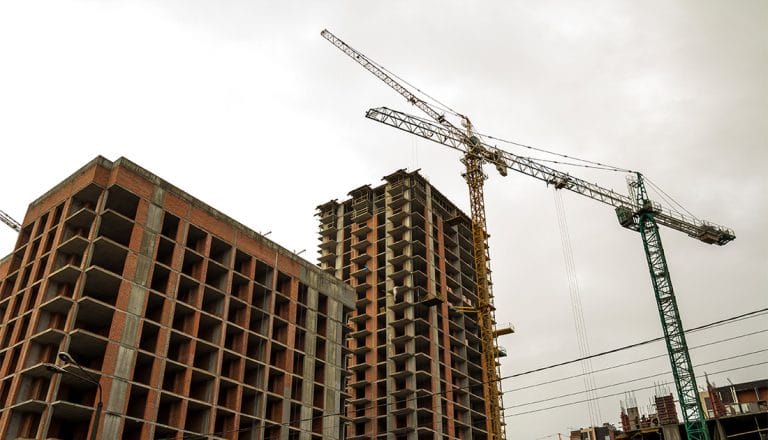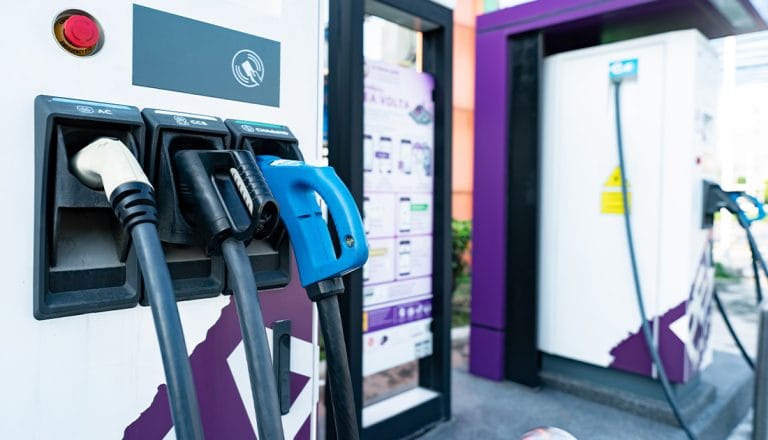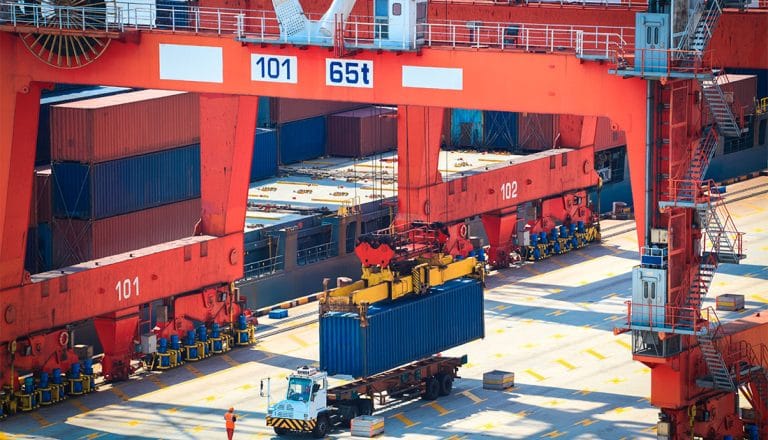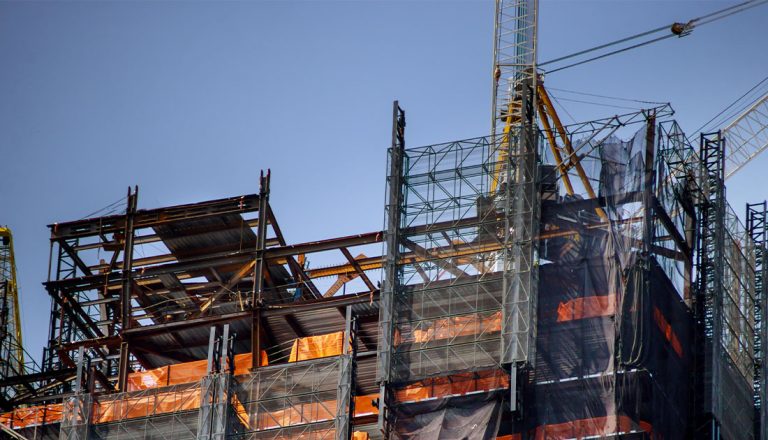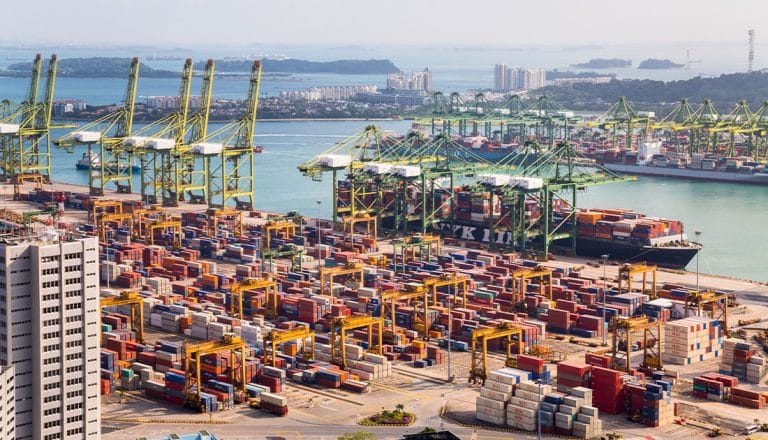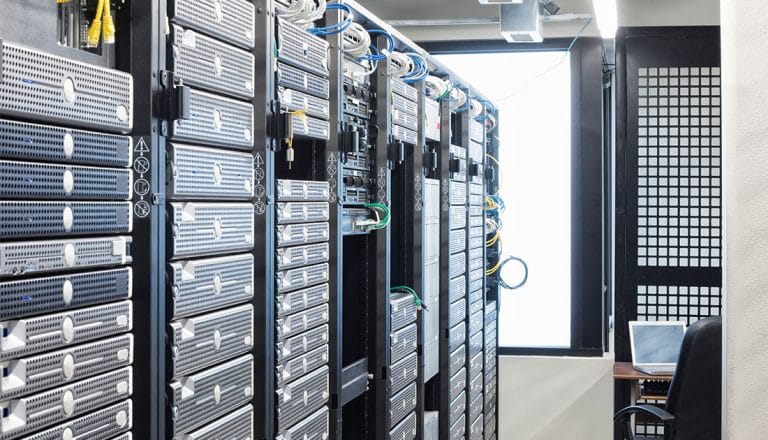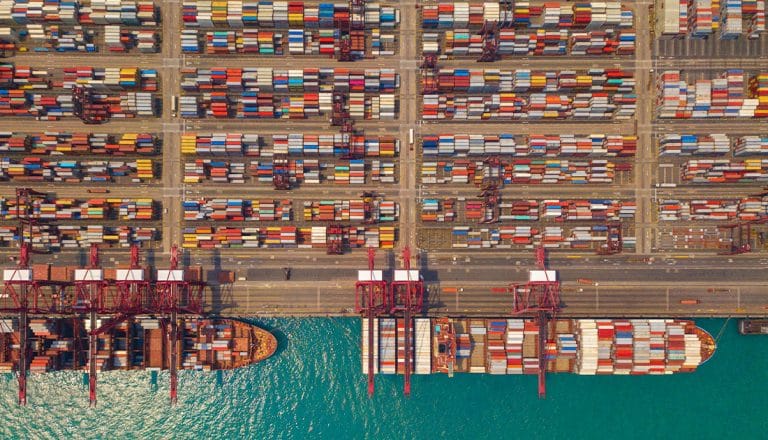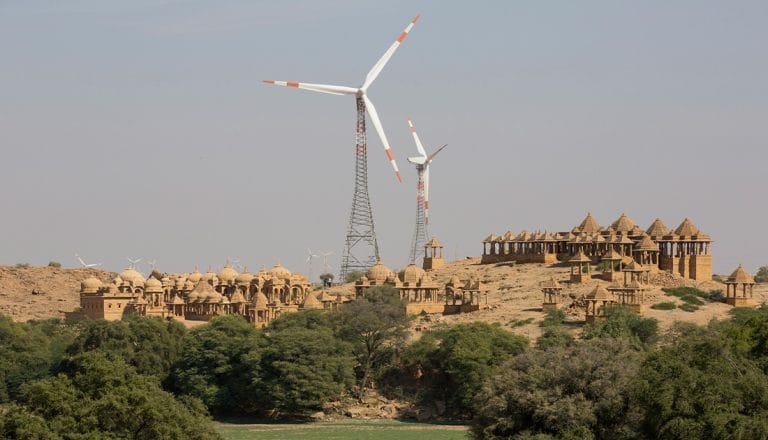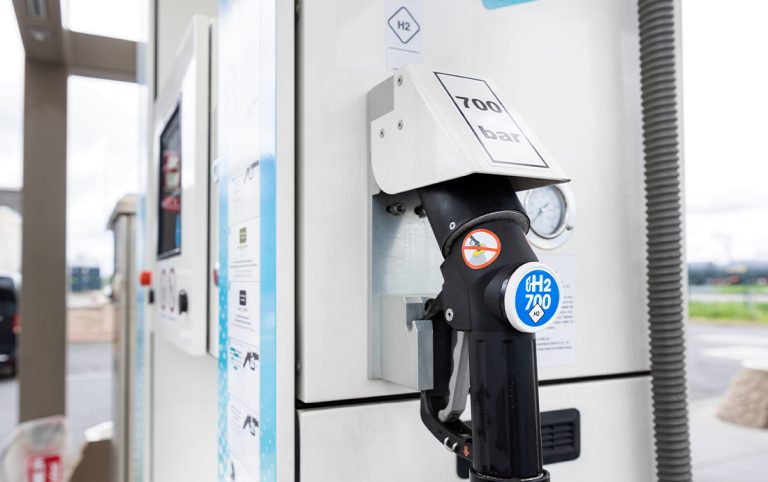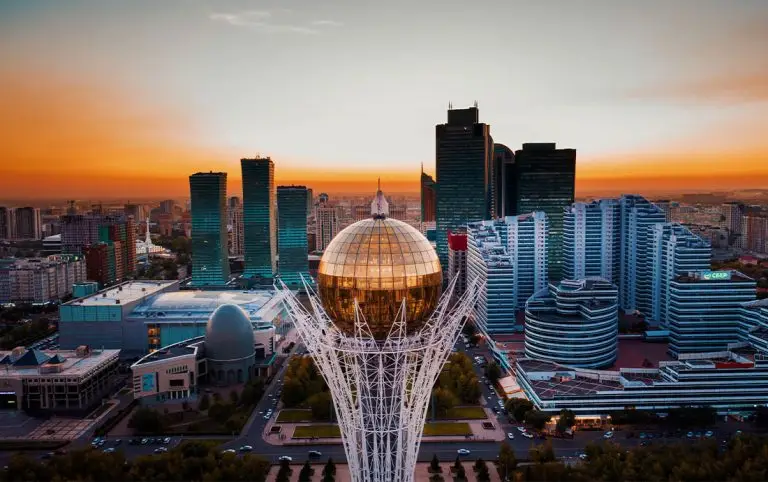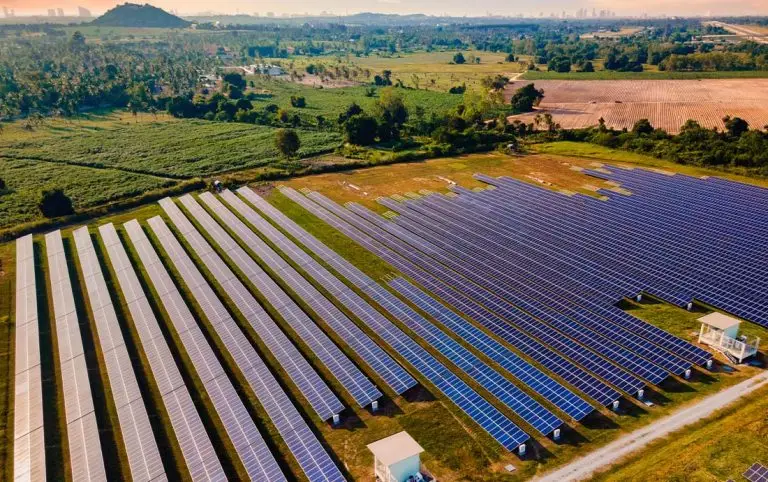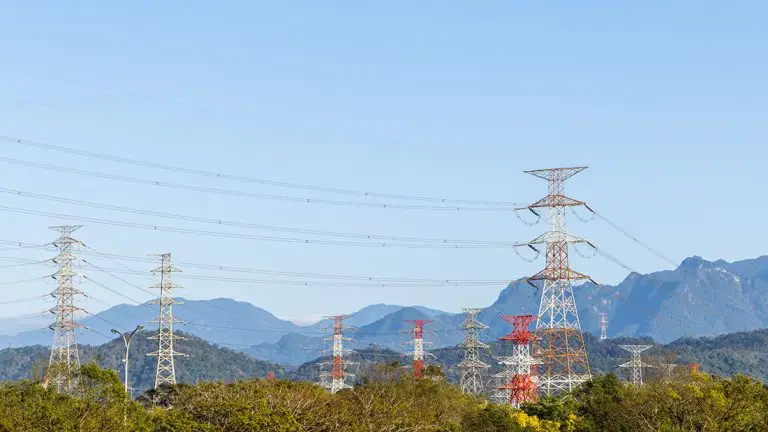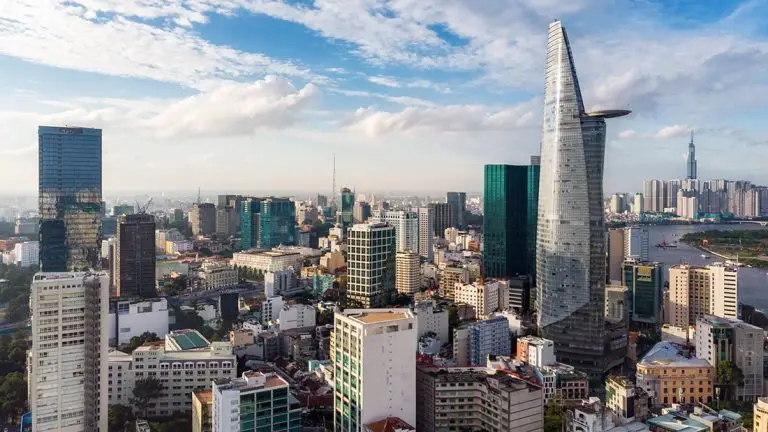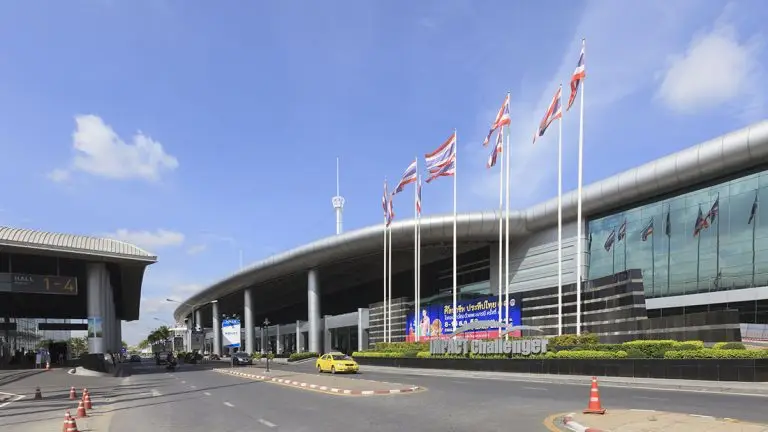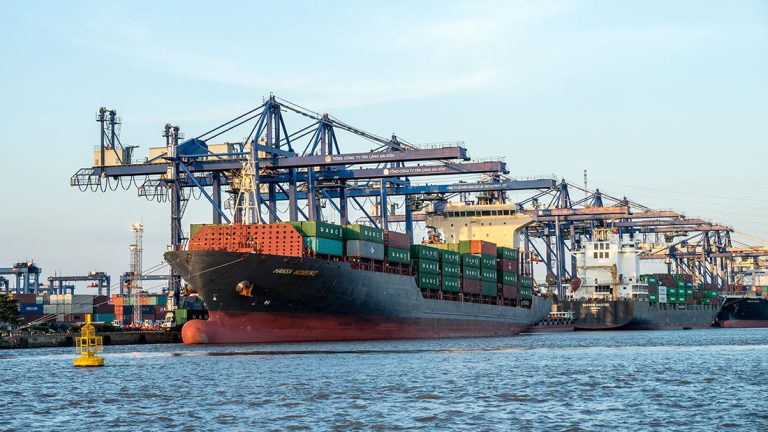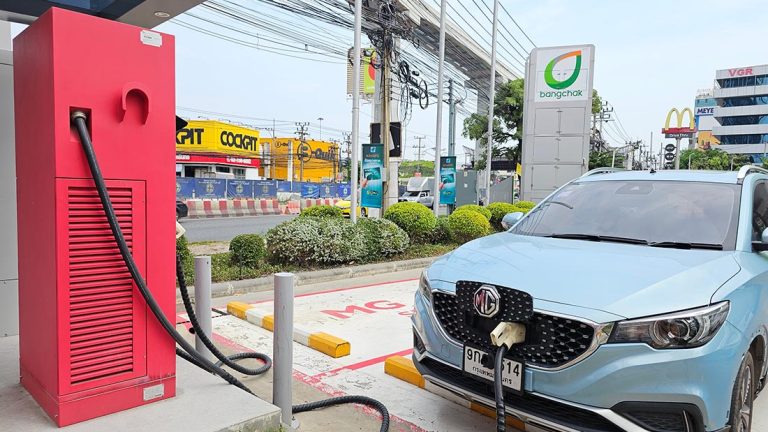- The Indian construction boom is driven by urbanisation, rising infrastructure investment, a need for affordable housing and the development of Smart Cities
- India’s construction industry could be valued at more than USD2 trillion by 2030
- Opportunities for overseas companies include warehouse facilities, green construction solutions, prefabrication and advanced building technologies
The Indian construction boom has seen the country become one of the world’s largest building markets. Government initiatives, rapid urbanisation and an expanding real estate market are a few of the factors fuelling growth. Asian Insiders India Partner, Pawan Bhatnagar, shares details on the opportunities this has created for overseas companies. For more insights, download our latest report, Asia’s Construction Industry 2025: Building for Tomorrow, by clicking here.
Last year, the Indian construction industry expanded by almost eight percent in real terms. Estimates for the future do vary with experts believing sector growth of anywhere between 8 and 12 percent is possible. Should the latter figure hold true, the industry would boast a market value of more than USD2 trillion by 2030, making it among the largest globally.
A continuation of the Indian construction boom could see the sector account for as much as 15 percent of the country’s GDP before the end of the decade. It would also be a huge source of job creation, employing upwards of 70 million people.
This coincides with a period of expected population growth in India. The number of cities home to a population of one million or more is expected to surpass 100 by 2050. Many of these will need to improve existing infrastructure.
Several major international players currently have a presence in India. The list includes France’s Alstom and Veolia, America’s Hines and Trump Organisation and Germany’s GIZ.
What’s driving the Indian Construction Boom?
There is no single factor driving the Indian construction boom. Instead, a few different trends have led to this surge. Like most countries in Asia, the construction industry in India is being fuelled by an increase in infrastructure investment.
The creation of the National Investment Pipeline (NIP) saw USD1.4 trillion budgeted for various projects across the country. More than 9,000 projects in 34 sub-sectors have been identified, and roughly a quarter of these are currently in the development phase.
Knight Frank noted that approximately USD2.2 trillion in foreign infrastructure investment is needed to complete planned projects for the government to reach stated GDP goals. The scope of work is wide.
Significant transportation developments, including railways, roadways, seaports and airports, are among those in the pipeline. Elsewhere, renewable energy, data centres, and logistics are also creating opportunities for overseas firms.
The Indian government remains focused on the development of Smart Cities and is seeking to encourage these activities further. Additionally, the Atal Mission for Rejuvenation and Urban Transformation (AMRUT) is focused on the construction of basic infrastructure that has been overlooked in small towns.
Real estate and urbanisation are the other key pieces of the country’s building boom. More than 40 percent of the population is expected to live in urban areas, so there is a large need for various developments.
The property sector may be valued at as much as USD1 trillion by 2030 and top USD5 trillion sometime in the next 25 years. It currently contributes roughly 13 percent to the country’s GDP. This should continue since housing, and affordable housing in particular, is a government priority.
Tackling the latter led to the creation of Pradhan Mantri Awas Yojana-Urban (PMAY-U). The programme focuses on building housing for low-income families across India. India is estimated to need more than 25 million affordable homes by 2030. So far, 8.5 million homes have been completed as part of initial plans to build 10 million units.
Opportunities in India
Opportunities in India’s construction sector are diverse. Sustainable construction solutions are in high demand. There is a focus on incorporating green building materials into new projects while other energy-efficient innovations are increasingly being utilised.
This is driven by the government and private stakeholders who seek to fulfil the country’s emission reduction pledges. With more projects exploring international environmental certifications, firms specialising in energy efficiency products should also consider market entrance.
Prefabricated construction is another segment growing rapidly. These are of interest because they allow developers to reduce construction times. Larsen & Toubro and Tata Realty & Infrastructure are among the major firms in the country leveraging prefab solutions. It could assist with the country’s affordable housing targets.
New technologies supporting cost reduction efforts and attempts to speed up construction will be critical moving forward. Building Information Modelling and 3D printing are growing in popularity. Robotics is an innovation being explored as prices come down.
International designers and technical firms may want to consider opportunities in India’s construction industry. For example, increasing demand for luxury housing has led to a market for global architects.
Warehouse segment growing
The largest opportunity as it relates to the Indian construction boom just may be the warehouse segment. A need to build up a robust, efficient supply chain network capable of supporting the e-commerce and manufacturing industries, as well as large-scale urbanisation, has seen demand for sheds soar.
A report from Knight Frank found that nearly 160 million square metres of warehouse space could be required in the country over the next 20 years. Overall, the segment is predicted to record a compound annual growth rate of four percent during the remainder of the decade. Revenue generation could approach USD9 billion.
India is a market to strongly consider for those firms with expertise in logistics parks, industrial corridors and cutting-edge warehousing facilities.
Final thoughts
India does have several challenges capable of scaring away foreign companies considering market entrance. Firstly, burdensome regulations and bureaucracy in some areas must be overcome. The process of obtaining permits can be time-consuming due to a lack of clarity.
Additionally, the country has struggled to lift certain restrictions that would encourage foreign investment. There is hope the situation changes as a friendlier investor climate can allow India to meet its building and wider GDP growth goals.
Despite challenges, India remains one of the world’s most promising construction markets. The sheer size and potential for growth are unmatched globally. A desire for innovations in sustainability, innovation, and knowledge is creating opportunities for foreign companies. Continued investment from the government in infrastructure, along with economic growth, will see the country’s building spree carry on.
The most efficient way to avoid potential obstacles is to partner with a market entry specialist such as Asian Insiders. Having helped many overseas firms gain a successful foothold in the Indian construction industry, our team has the on-the-ground knowledge and experience to guide you through the process.
For additional information on the Asian construction industry, download our latest report,
Asia’s Construction Industry 2025: Building for Tomorrow, by clicking here.
The Indian construction boom has created many opportunities for foreign investors. To understand how you can take the first step, please contact Jari Hietala, Managing Partner: jari.hietala(at)asianinsiders.com or Pawan Bhatnagar, India Partner: pawan.bhatnagar(at)asianinsiders.com

